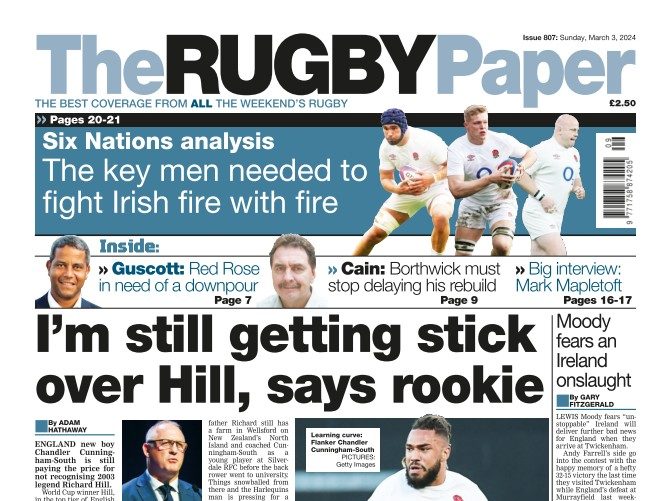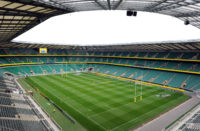Rugby is played on a global level nowadays. Although not as popular as football, it still has thousands of fans worldwide, and many national teams are always eager to compete against each other.
Therefore, if you're interested in rugby, you can almost always find games and even bet on the popular ones on platforms such as mobile bet casino. However, this sport wasn't always as popular as it is today. In fact, there have been numerous attempts to start an official international competition, and some of them failed.
The Pre-History of the Rugby World Cup
Although the inaugural World Cup took place in 1987, several attempts have been made to create such a competition way earlier.
The most notable case is that of Harold Tolhurst. He was a professional Australian rugby player who later decided to become a referee. According to some sources, he tried to organize the World Cup as early as the 1950s. However, the International Rugby Board was opposed to that idea and made it clear later in 1968 that they did not want to have a rugby competition in the form of a world cup.
Another person that tried to do the same was Bill McLaughlin, the former Australian Rugby Union president. When he was the president of the union, he came up with the idea of staging the cup in 1988. That way, it would happen in the same year as the bicentenary celebrations in Australia.
Pre-World Cup Preparations
The idea began to take form in the 80s. Neil Durden-Smith was the one to suggest the UK as the host of the first Rugby World Cup. However, the IRB met to discuss his proposal and agreed that the concept was not good enough to proceed with it.
In June 1983, the Australian officials proposed their country to be the first host of the World Cup, if they agree to proceed with such a competition. New Zealand was interested in this proposal and decided to support Australia in its campaign.
The IRB had to conduct a study to see whether the idea of New Zealand and Australia being hosts together was feasible at all. This led to another meeting of the IRFB that took place in Paris in March 1985.
The opposition was still strong despite the idea that Australia, New Zealand, and France supported it. South Africa was the country that allegedly had an opportunity to decide whether the World Cup will take place or not. For South African representatives, this did not make much difference as there was the sports boycott back in the day, so they knew they wouldn't compete in the World Cup.
After South Africa decided in favour of the competition, England and Wales changed their opposing stance and finally decided that the World Cup should indeed take place.
This lead to the first Rugby World Cup taking place in 1987 in Australia and New Zealand. There was a total of 32 matches played, and the competition lasted for almost a month. The first match was played on May 22, and the concluding one on June 20. The nations that took part in the competition were England, France, Ireland, Australia, New Zealand, Scotland, and Wales as IRFB Member Nations. Moreover, there were many invited nations as well — Zimbabwe, Argentina, Canada, the United States, Japan, Italy, Romania, Fiji, and Tonga.
























